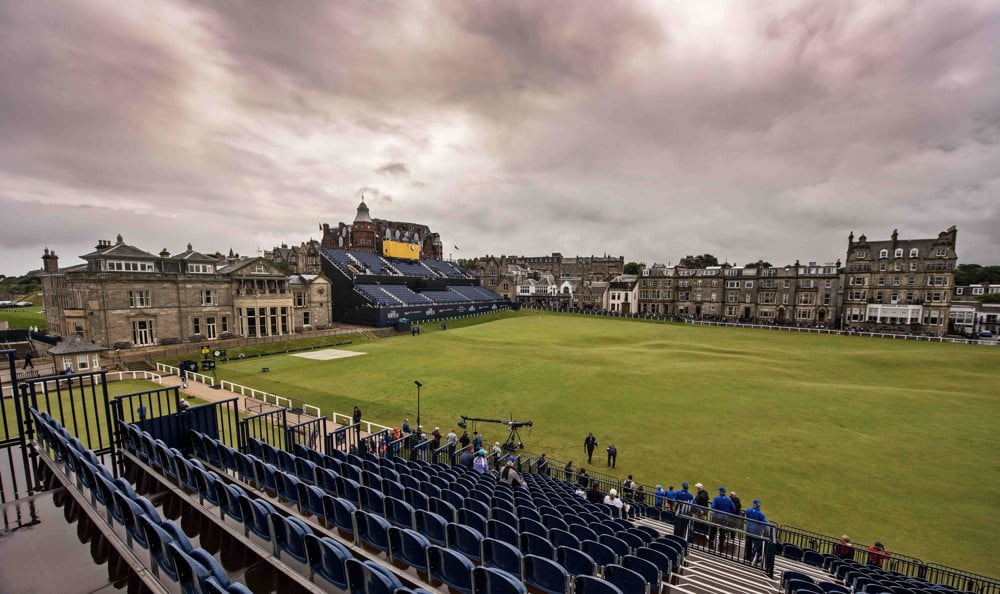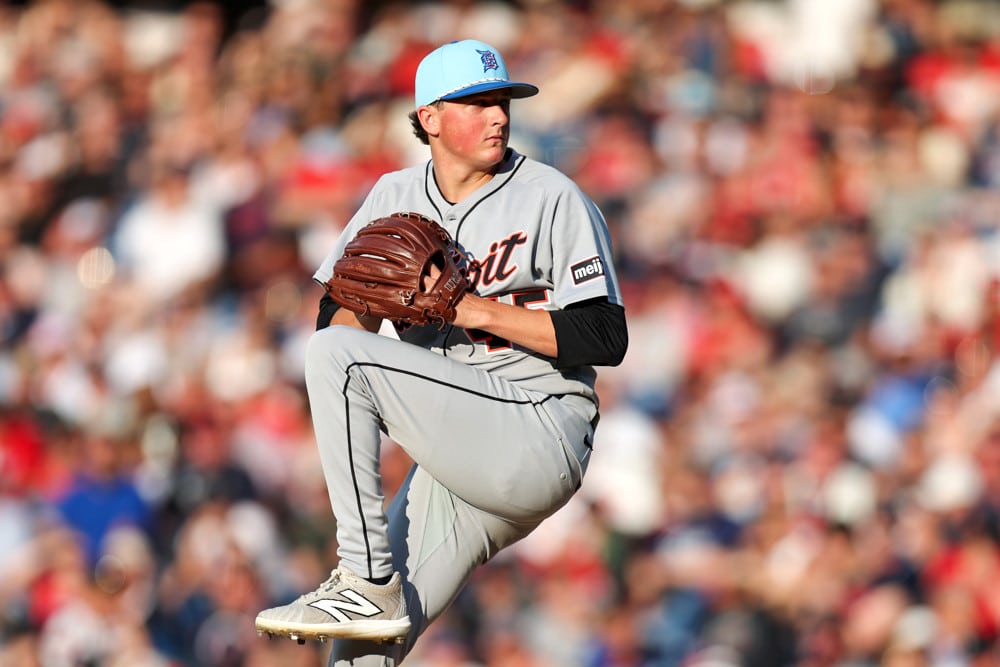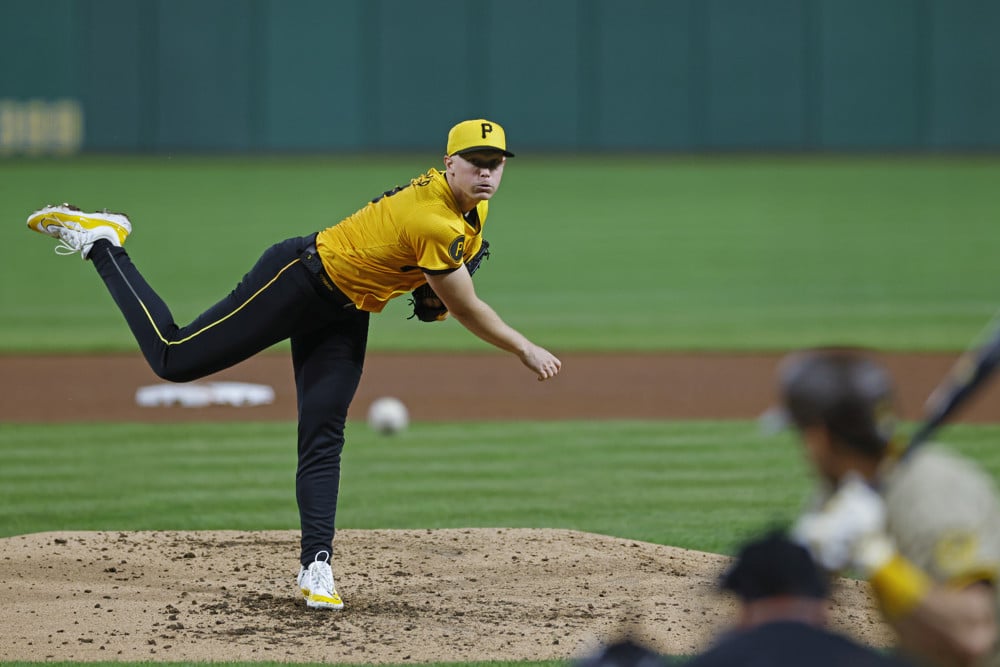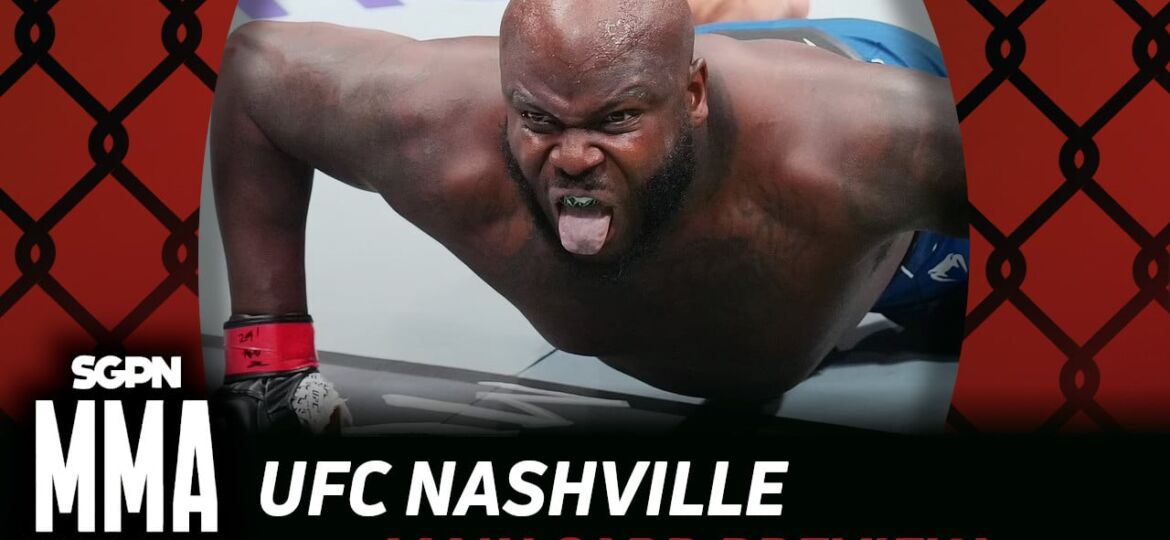
2022 Open Championship Preview – St. Andrews
There are seven golf courses at the Royal and Ancient Golf Club of St. Andrews. But like always, the 2022 Open Championship will be played on the world famous Old Course. It’s regarded as the “Home of Golf” because it golf was literally invented there. The game has been traced going all the way back to the 15th century by the Scottish locals. However, in 1457 James II of Scotland banned the sport because he felt that golf took away from archery practice! The ban remained in place until his grandson James IV, an avid golfer himself, lifted the ban.
For centuries afterwards, golf would continue to be played on these hallowed grounds. And over the years, the golf course has been altered gradually by several architects. See for yourself in this hole-by-hole video from Golf Digest:
For those with a ton of time to kill, here’s the full final round of the 2015 Open Championship:
Lastly, here’s a series of videos featuring St. Andrew’s Director of Instruction Steve North, who discusses the strategies to play each hole at St. Andrews. Here’s a sample from the series of how to play the Road Hole, one of the most famous holes in golf:
While one of the most famous golf courses in the world, it can be a little polarizing. Some golfers when they first play St. Andrews detest its quirkiness and the movement of the fairways and greens. And when St. Andrews shows its teeth, it can be a wildly unfair round of golf if one finds the wrong side of a mound. But as one plays it more and more, they’ll begin to appreciate and understand it more. Here’s a few quotes about St. Andrews from some of the game’s best:
Alister MacKenzie: “The Old Course at St. Andrews rarely appeals at first sight, and it not infrequently takes years before scoffers succumb to its many virtues”
Gene Sarazen: “After my third or fourth round I was an eloquent admirer of the Old Course”
Peter Thomson: “If there is one part of the game not right, no matter how you try your hardest to protect it, the Old Course will find it”
Bobby Jones: “You must use something beside shots and clubs playing St. Andrews”
Robert Hunter: “St Andrews yields nothing to power unless it be used with wisdom”
H.N. Wethered and Tom Simpson: “St. Andrews is difficult, not because bunkers are placed to catch inaccurate shots, but because the result of a misadventure is to make the next shot infinitely more difficult than it would otherwise have been”
These quotes about St. Andrews, however, were made decades ago. In recent years, however, there is growing concern about if modern equipment will make golf courses like St. Andrews antiquated. Never before have golfers hit the ball as long, high and straight as they do in 2022. And especially because many holes share fairways with other holes. And with the massive double greens, it takes a serious foul ball to miss it. That helps explain with the driving accuracy and green in regulation rates at St. Andrews typically hover around 75% each.
And when the course doesn’t have weather as an obstacle, it certainly can be had. We’ve seen this a few times at St. Andrews itself. For example, at the 2017 Alfred Dunhill Links Championship calm weather conditions at St. Andrews yielded very low scores, highlighted by a final round 61 by Ross Fisher. Last year’s final round saw light to moderate winds, and only eight players played over par. While that tournament’s setup was much easier than what they’ll face at the 2022 Open Championship, examples like these have raised the alarm bells that St. Andrews can be overrun.
In case mother nature doesn’t intervene, the R&A will try and throw some challenges at the players. It’s been rumored that the R&A plans to grow the rough up at St. Andrews to deter from hitting driver on every hole. Or to at least provide a penalty for those who miss. We saw a sneak preview of this at last week’s Scottish Open at The Renaissance Club. Anyone who hit their tee shot in the long fescue rough had a difficult time getting their approach shot close to the pin.
There’s also ways for the R&A to possibly move around the tees to find subtle ways to present challenges. Here’s an excerpt from Geoff Shackelford’s Quadrilateral newsletter of how the R&A can manipulate the 16th hole in an unconventional way:
Still, organizations have tried several ways to counter advances in distance to little to no effect. No matter how long one makes a golf course, or how much rough they add, scores have only been getting lower and lower in the professional game. In the absence of weather, the world’s best may make a mockery of the most storied golf course in the world.
2022 Open Championship Preview – St. Andrews Overview
To begin the betting strategies portion of the 2022 Open Championship preview, let’s begin with some nuts and bolts about the golf course.
St. Andrews will play just a shade under 7,300 yards for the 2022 Open Championship. However, the true yardages of each hole will differ based on the wind direction. And because of the out-to-in nature of St. Andrews, golfers will face completely opposite wind conditions on each nine. Caddies will have to be on point to deliver not only the actual yardage to a hole, but the adjusted yardage based on wind direction and speed.
St. Andrews is a Par 72, however it’s quite unique in its layout. The golf course only features two Par 3’s and two Par 5’s. Both Par 3’s will play at about 175 yards, however the R&A may move the tee boxes around depending on the wind. Each Par 3 plays in opposite directions of the prevailing wind. While these two Par 3’s aren’t overly long, their primary defenses are the aforementioned wind, humps, hollows and pot bunkers.
As for the Par 5’s, they also will play in opposite directions of the prevailing wind. The 570 yard 5th is reachable for everyone, especially when the fairways are running fast. The front of the green will only require an 185-200 yard shot to bounce it up to it, with rollout taking care of the rest of the way. As for the 14th, that also can be reachable if the wind is favorable. It’s almost impossible not to find your ball in the fairway for your second shot. And the infamous Hell Bunker isn’t remotely in play for any of these players. A solid long iron or fairway metal should allow players to bounce the ball at least close to the putting surface.
As for agronomy, St. Andrews has a variety of different strains of fescue, bentgrass, ryegrass and poa around the golf course. The greens itself are almost entirely fescue. Unfortunately, there are very few examples outside of the UK where we see players on fescue golf courses. In the United States, the most prominent examples are Whistling Straits and Erin Hills, both major venues. Chambers Bay at the 2015 US Open also featured fescue grass. But those greens were in such horrible shape that nothing can be taken away from that event.
And like the players saw last week at The Renaissance Club, they’ll play very slow. The R&A will likely keep the green speeds around 10 to begin the tournament. They may quicken them as the weekend goes on if the wind conditions allow it. Those who played the Renaissance Club last week should be used to the slower green speeds. For those who didn’t, there may be a bit of an adjustment period.
2022 Open Championship Preview – Approach Shot Distances
Gamblers love to refer to approach shot distances before a tournament. These statistics often lead to incorporating proximity stats from certain distances into models should a particular range be heavily concentrated at a golf course.
I don’t think proximity statistics will be useful this week for a variety of reasons. First, they’re not readily available for St. Andrews in prior tournaments. There isn’t any ShotLink data maintained for the Open Championship, at least data that’s publicly released. Anyone who wants to estimate the distances would have to consult a map like Google Earth and try and guess where they may come from.
Second, links golf is inherently difficult to predict where approach shots come from, especially at a venue like St. Andrews. St. Andrews offers a lot of options off the tee. Each decision, whether laying up or hitting driver, presents its own individual risks and rewards. A longer hitter might feel that driver is too much club off the tee if a lot of roll out brings some trouble into play. Conversely, a shorter hitter might pull driver knowing they’ll still stay short of all the trouble. There isn’t one perfect way to play St. Andrews tee-to-green. Each decision, if executed correctly, can work.
Third, the wind and firmness of the turf are too hard to predict pre-tournament how far balls will carry and roll out. Just because a hole shows 450 yards on the scorecard doesn’t mean it’ll play that way. Some days it might play like its under 400 yards. Other days it might play like it’s over 500. It’s very difficult to predict day to day, let alone before a shot is even hit, what yardages they’ll be playing from.
And lastly, especially at a golf course like St. Andrews with as many mounds, swales, and hollows as the greens and greenside surrounds have, hitting it to an exact number isn’t the best strategy. Often times bouncing the ball onto the green and using the slopes is the best strategy. And if St. Andrews is as firm as the Renaissance Club was last week, that’ll have to be the strategy. Otherwise, players will air mail greens all day because they’ll be unable to stop the ball on the green.
For all these reasons, and for reasons I’ll describe in Part II of the 2022 Open Championship preview, just targeting good overall iron play in general is everything you’ll need. Relying on proximity data might add too much noise (or bad data) to your model.
2022 Open Championship Preview – Links to Augusta National
The Open Championship is often compared to The Masters in terms of the types of players who prevail and the skillsets needed to succeed. Mindlessly overpowering each venue usually doesn’t cut it. They both require some thought, strategy, precision and creativity to score at each.
But no other venue do we see as much crossover to Augusta National than St. Andrews. There are so many players that have huge success at both golf courses. Here’s a run down of the last three Open Championships at St. Andrews and correlated success to Augusta National.
2005 Open Championship
- 1st – Tiger Woods: Five time Masters winner. Seven other Top 5 finishes
- T3 – Fred Couples: Winner of the 1992 Masters. 10 other Top 10 finishes
- T3 – Jose Maria Olazabal: 1994 and 1999 Masters Champion. Six other Top 10 finishes
- T5 – Sergio Garcia: 2017 Masters Champion
- T5 – Bernhard Langer: 1984 and 1993 Masters Champion. Seven other Top 10 finishes
- T5 – Vijay Singh: 2000 Masters Champion. Five consecutive Top 10 finishes from 2002-2006.
- T5 – Retief Goosen: Four Top 3 finishes from 2002-2007
2010 Open Championship
- 1st – Louis Oosthuizen: Lost in playoff to Bubba Watson at 2012 Masters
- 2nd – Lee Westwood: Five Top 10 finishes from 2010-2016
- T3 – Rory McIlroy: Seven Top 10 finishes from 2014-2022. 54 Hole Leader at 2010 Masters
- T3 – Paul Casey: Five career Top 10 finishes, including three consecutive from 2015-2017
- 6th – Retief Goosen: See above.
- T7 – Nick Watney: Finished 7th at 2010 Masters earlier that season.
- T7 – Sean O’Hair: Finished T7 at 2009 Masters the year before.
2015 Open Championship
- 1st – Zach Johnson: 2007 Masters Champion. Finished T9 at Masters earlier that season.
- T2 – Marc Leishman: Three Top 10 finishes from 2013-2022
- T2 – Louis Oosthuizen: See above
- T4 – Jordan Spieth: 2015 Masters Champion. Four other Top 3 finishes from 2014-2022
- T4 – Jason Day: Four Top 10 finishes from 2011-2019
- T6 – Sergio Garcia: See above
- T6 – Justin Rose: Four Top 10 finishes from 2012-2021, including two runner up finishes.
- T6 – Danny Willett: 2016 Masters Champion.
- T10 – Brooks Koepka: T2 in 2019 Masters.
- T10 – Adam Scott: 2013 Masters Champion.
As you can see, there a ton of crossover success at both Augusta National and St. Andrews. 10 different Masters winners wound up finishing inside the Top 10 at the three most recent Open Championships at St. Andrews. If you’re not one for statistical modeling, cherry picking off of recent Masters leaderboards is a good way to go. And if you are, maybe create your model similarly as you would for the Masters.
2022 Open Championship Preview – Relative Skillsets
For the skillsets and traits of a golfer you want to target at St. Andrews, check out the Golf Gambling Podcast’s preview of the 2022 Open Championship.
2022 Open Championship Preview – Trends
Here are some trends of recent winners of the Open Championship:
#1: Every winner of the last 9 Open Championships were inside the Top 40 in the world rankings.
#2: Every winner of the Open Championship were inside the Top 25 in Strokes Gained – Tee-to-Green heading into the tournament.
#3: Every winner of the Open Championship had won a full field cut event in the 2 years prior to the Open. 7 of the last 9 had won a tournament earlier that season.
#4: Every winner of the Open Championship made the cut in their final start before the tournament.
#5: Every winner of the Open Championship had a Top 10 in a full field cut event in the five tournaments before winning the Open Championship. 8 of the last 9 had a Top 5 in at least one of their last 5 events before winning the Open.
#6: 8 of the last 9 winners of the Open had a Top 10 at a previous Open before winning.
#7: 8 of the last 9 winners of the Open Championship made the cut in the last major championship they played in.
#8: 8 of the last 9 winners of the Open Championship ranked inside the Top 30 in Strokes Gained – Approach heading into the tournament.
#9: 8 of the last 9 winners of the Open Championship ranked inside the Top 80 in Strokes Gained – Around-the-Green before winning.
#10: 7 of the last 9 winners of the Open Championship played the week before.
#11: 7 of the last 9 winners of the Open Championship ranked inside the Top 80 in 3 Putt Avoidance heading into the tournament.
While not every criteria needs to be satisfied, try and target golfers who fit in at least 10 of these.
























